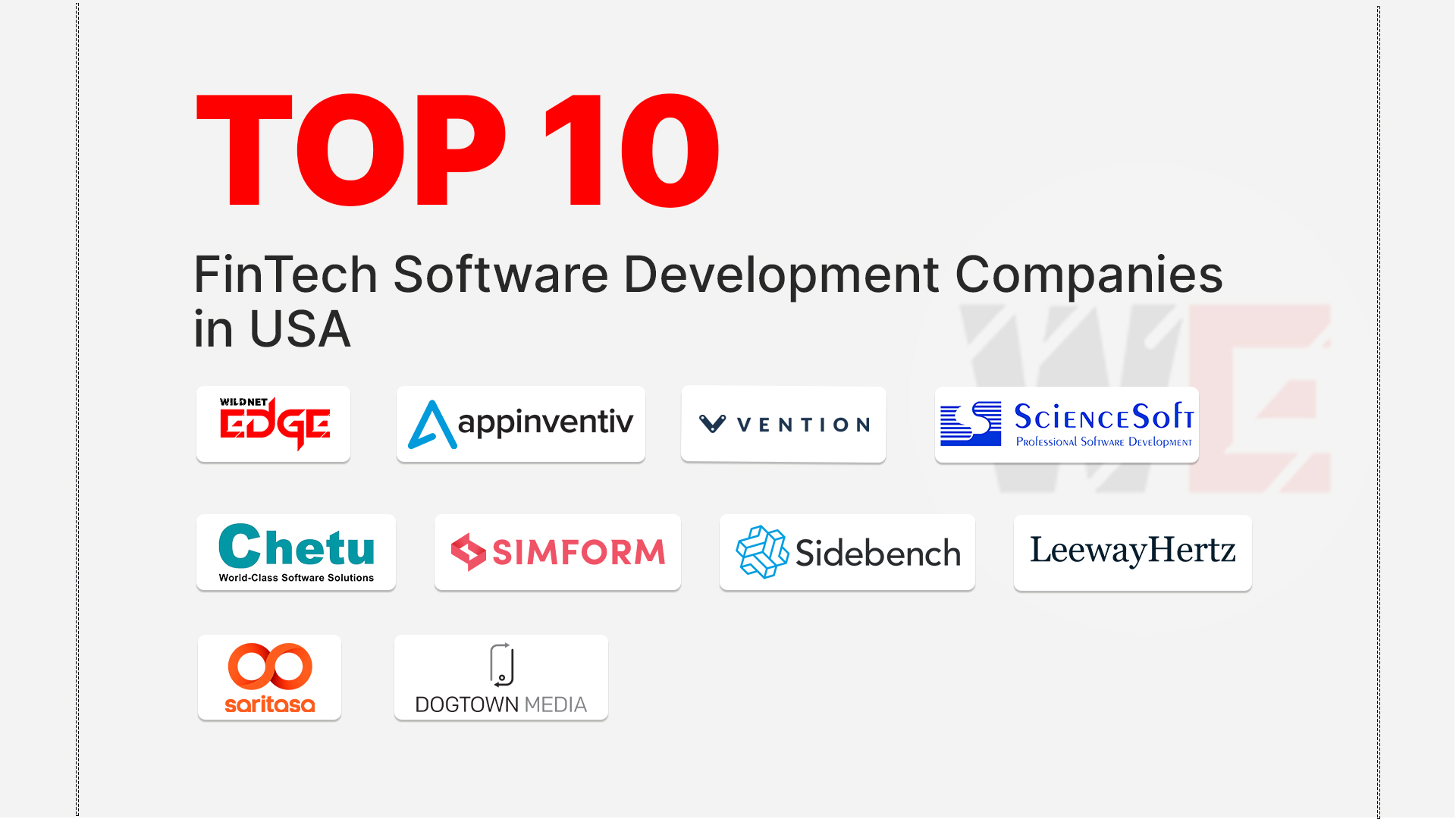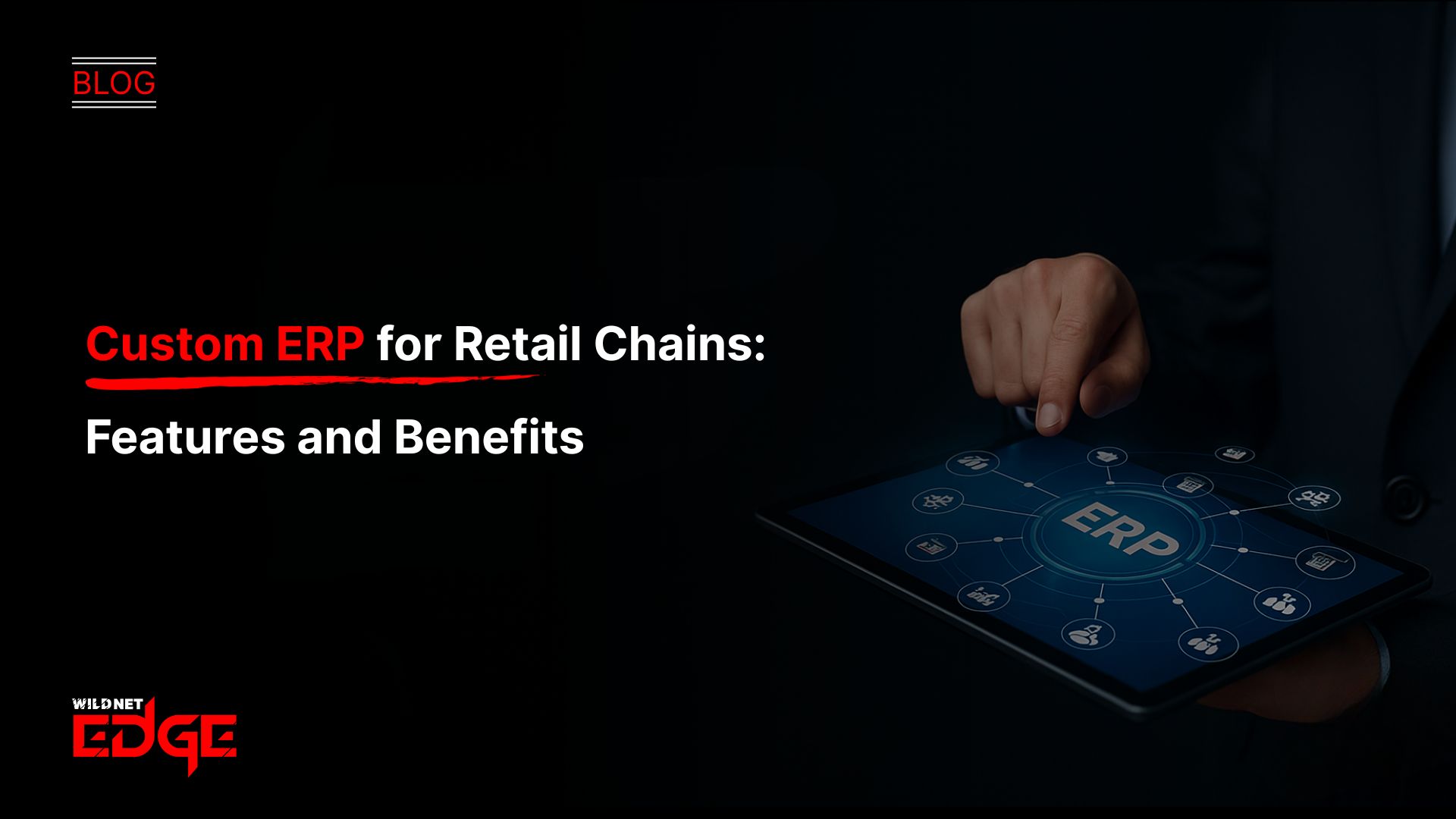TL;DR
An AI maturity model serves as a strategic framework for businesses to assess their current AI capabilities and chart a course for future growth. The article explains that this model provides a structured path for AI adoption, preventing wasted resources on isolated projects. It details a five-stage enterprise AI maturity framework: Initial, Foundational, Systematic, Differentiating, and Transformational. Each stage represents a step-up in data strategy and organizational culture. By conducting an AI readiness assessment against this model, business leaders can identify their current stage, pinpoint specific gaps, and create a realistic roadmap for scaling their AI initiatives to achieve a sustainable competitive advantage.
Many businesses today use artificial intelligence, but few use it to its full potential. The difference between running a few disconnected AI experiments and achieving a full business transformation lies in understanding where you are and where you need to go. A proven AI maturity model is the strategic compass that provides this clarity, allowing you to assess your current capabilities and build a realistic roadmap for growth.
What is an AI Maturity Model?
An AI maturity model is a framework used to evaluate the sophistication and capabilities of a company’s artificial intelligence initiatives. It’s not just a technical checklist; it’s a strategic tool that assesses your organization across multiple dimensions, including technology, data, processes, and people.
Think of it as a growth chart for your company’s intelligence. It helps you understand if you are in the “toddler” phase of siloed experiments or the “adult” phase of fully integrated, transformative AI. By providing a clear definition of different stages, this enterprise AI maturity framework gives you a benchmark to measure your progress and plan your next steps effectively.
Why an AI Readiness Assessment is Critical for Your Business
Before investing heavily in new AI projects, you need to know if your organization is ready. An AI readiness assessment, guided by an AI maturity model, is a critical first step for several business reasons:
- Avoids Wasted Investment: It prevents you from spending millions on advanced AI technology when your underlying data infrastructure isn’t ready to support it.
- Sets Realistic Expectations: It helps you understand that achieving transformative results is a journey, not an overnight switch. This allows you to set realistic goals for your stakeholders.
- Identifies Critical Gaps: It pinpoints your specific weaknesses. A proper assessment gives you a clear list of priorities to address.
- Aligns the Organization: The process of conducting an AI readiness assessment brings leaders from different departments together, creating a shared understanding of the goals and challenges ahead.
The 5 Stages of the AI Maturity Model
This proven enterprise AI roadmap breaks the journey down into five distinct, progressive stages.
Stage 1: Initial (Ad Hoc)
At this stage, AI efforts are chaotic and experimental. There is no central strategy. A few individuals or small teams might be running isolated projects in silos with little to no visibility to the rest of the organization. The company lacks the necessary data infrastructure, and any successes are difficult to replicate.
Stage 2: Foundational (Opportunistic)
The organization has seen a few successful pilot projects and is beginning to recognize the potential of AI. There might be a few “AI champions” who are pushing for more investment. However, there is still no formal AI maturity model or strategy. Efforts focus on “low-hanging fruit” projects, and the foundation for data governance is just starting to be built.
Stage 3: Systematic (Defined)
This is a major turning point. The business has committed to a formal enterprise AI maturity framework with executive sponsorship. The company establishes clear data governance policies and invests in a scalable data platform. Processes for developing and deploying AI models are standardized, and a Center of Excellence may be formed to share best practices.
Stage 4: Differentiating (Managed)
At this stage, AI is a core competency and a key competitive differentiator. AI is deeply integrated into several business units, delivering significant and measurable value. The organization has a strong MLOps culture, allowing for the reliable and efficient deployment of AI models. The focus shifts from executing defined projects to proactively seeking new ways to leverage AI for a competitive edge. This level of sophistication often requires expert AI development services.
Stage 5: Transformational (Optimized)
This is the ultimate goal. AI is fully embedded in the fabric of the organization and is central to its operating model. It is used to optimize existing processes and to create entirely new business models. At this stage, the company has a deeply ingrained data-driven culture, and AI is seen as a continuous capability that drives ongoing innovation.
Our AI Maturity Assessment in Action: Case Studies
Case Study 1: A Retail Company Moving from Stage 2 to 3
- The Challenge: A large retail chain had several successful but disconnected AI projects. They were struggling to scale their efforts and show a consistent ROI.
- Our Solution: We conducted a comprehensive AI readiness assessment. The AI maturity model showed they were in the Foundational stage. We helped them build a central AI strategy and invest in a unified cloud data platform.
- The Result: The company successfully moved to the Systematic stage. With a clear strategy, they were able to prioritize investments and scale successful projects, leading to a 15% improvement in operational efficiency.
Case Study 2: A FinTech Firm Achieving Stage 4
- The Challenge: A fast-growing FinTech company needed a highly scalable infrastructure to support their advanced fraud detection and algorithmic trading models.
- Our Solution: We provided end-to-end DevOps & Cloud Engineering services to build a robust MLOps platform on the cloud. This enabled their data science teams to rapidly develop, test, and deploy machine learning models into production.
- The Result: The new platform allowed them to reduce their model deployment time from weeks to hours. This agility helped them achieve the Differentiating stage, where their AI capabilities became a core part of their competitive advantage.
Our Technology Stack for AI Maturity
We use a modern stack to help businesses build the foundation for AI success.
- Cloud AI Platforms: Google Cloud AI, Microsoft Azure AI, AWS AI Services
- Data Platforms: Databricks, Snowflake, Google BigQuery
- MLOps Tools: Kubeflow, MLflow, Amazon SageMaker
- Data Governance: Collibra, Alation
- BI & Visualization: Tableau, Power BI
Conclusion
Thus, understanding our position on the AI maturity model is the essential first step toward unlocking the true potential of artificial intelligence. Conducting a thorough AI readiness assessment provides the clarity needed to build a strategic roadmap, avoid costly mistakes, and guide our organization on a successful transformation journey. It turns wishful thinking into a concrete, actionable plan.
At Wildnet Edge, our AI-first approach is designed to be your partner at every stage of this journey, helping you build the technical and strategic foundation needed to climb the maturity curve and build a truly intelligent enterprise.
FAQs
A comprehensive AI readiness assessment for a mid-sized to large enterprise typically takes 4 to 8 weeks. This involves workshops, a review of your technical infrastructure, and an analysis of your data landscape.
Most companies in 2025 are in Stage 2 (Foundational). They have had some success with pilot projects but are now facing the challenge of how to scale their efforts and build a formal, enterprise-wide strategy.
The biggest barriers are rarely technological. More often, they are related to culture, data, and people. A lack of a data-driven culture, siloed data, and a shortage of AI talent are the most common challenges.
The ROI comes from risk mitigation and strategic focus. The AI maturity model prevents wasting money on projects your organization isn’t ready for. It ensures investments are targeted at the right areas at the right time, maximizing the chances of a successful outcome.
While you can do an internal assessment, an external partner often provides a more objective and honest evaluation. An expert can benchmark you against others in your industry and bring a fresh perspective free from internal biases.
An AI Center of Excellence (CoE) is a central team of experts responsible for setting best practices and guiding the organization’s AI strategy. It is crucial for moving from Stage 2 to Stage 3 of the enterprise AI maturity framework.
The first step is to get executive buy-in. The assessment process requires input from leaders across the business. Once you have leadership support, the next step is to engage a partner to facilitate the assessment and help you build a roadmap based on the findings.

Nitin Agarwal is a veteran in custom software development. He is fascinated by how software can turn ideas into real-world solutions. With extensive experience designing scalable and efficient systems, he focuses on creating software that delivers tangible results. Nitin enjoys exploring emerging technologies, taking on challenging projects, and mentoring teams to bring ideas to life. He believes that good software is not just about code; it’s about understanding problems and creating value for users. For him, great software combines thoughtful design, clever engineering, and a clear understanding of the problems it’s meant to solve.
 sales@wildnetedge.com
sales@wildnetedge.com +1 (212) 901 8616
+1 (212) 901 8616 +1 (437) 225-7733
+1 (437) 225-7733































